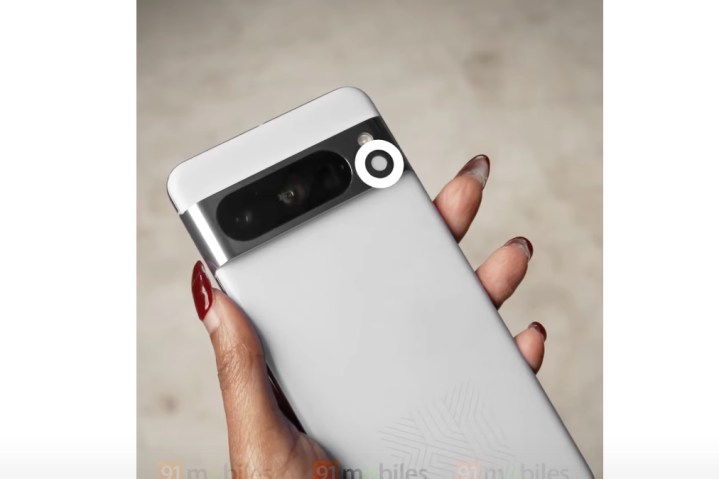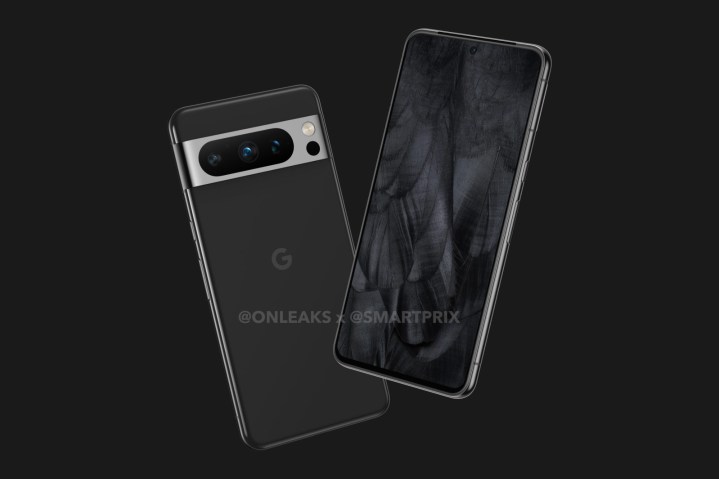In a typical way of Google’s unreleased, upcoming devices Google Pixel 8 several phones have been seen leaking almost every few weeks. After advertising rumors and camera details have surfaced online, tipster Yogesh Brar has shared the specifications of the Pixel 8 Pro.
The Pixel 8 Pro is said to get a 6.7-inch QHD+ (1440 x 3120 pixels) LTPO OLED screen with a refresh rate of 120Hz, which is the same as Google Pixel 7 Pro. This means that you get a screen with a resolution of 512 pixel-inches and a refreshing dynamic adjustment.
The Tensor G3 chip will power the device. This chip, again, is said to be based on the Samsung Exynos reference design. Google says it will take it to the tenth generation of Pixel to adopt Tensor’s proprietary silicon. Similar to last year’s Tensor G2 device, it will come with an internal Titan security device for storing sensitive information and managing a secure boot.
The configuration of RAM and storage of the Pixel 8 Pro remains the same as its predecessor at 12GB of LPDDR5 module and a choice between 128/256GB of UFS storage. Notably, the tipster didn’t mention the 512GB storage.

The camera department is where the Pixel 8 Pro retains the meat of its flagship segment. The primary camera relies on a 50-megapixel optically stabilized sensor, which matches the Pixel 7 Pro’s specs. However, Google is said to be using Samsung’s new ISOCEL GN2 sensor this time instead of the 50-megapixel ISOCEL GN1 sensor we saw on the Pixel 7 Pro.
Specifically, the 12-megapixel ultrawide sensor is replacing the 64-megapixel sensor on the Pixel 8 Pro. This is a big leap, and theoretically, images from larger and larger sources will match the detail and appeal of “Pixel Photo”.
However, the Pixel 7 Pro’s 48-megapixel telephoto camera appears to be carried over to the Pixel 8 Pro. As we saw last year, it’s a periscope-style phone camera that promises a 5x lossless view.

Also, we hear about the temperature sensor on the upcoming Google flagship. The battery capacity is said to be 4,950mAh, which is not very wet, but the support for wireless cables is a little slow at 27W. For example, a OnePlus 11 juices up to 80W and wire, right his successor who will arrive early next year it is said to set the benchmark further with 150W charging support.
Google still has a few months to launch the Pixel 8 lineup, but it looks like there are no big surprises at this point. The interior design remains the same with dual-tone metal mirrors, while the interior materials are slightly modified.
It will be interesting to see if Google can offer some surprises to work with Android 14 on the software side, but we have to wait to see what will happen in the future. An official announcement is expected sometime in October.
Editor’s Note